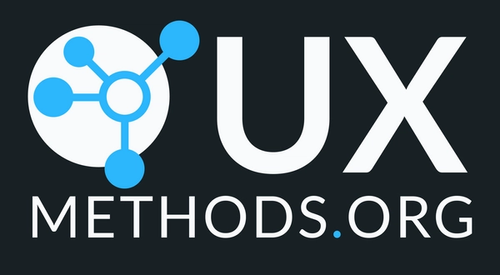
How to Use UX Methods
This site is designed to help solve a specific problem: How to plan and sequence the methods used in UX focused work to get the greatest impact with the least amount of waste?
This means ensuring that:
- You answer the questions that matter to your users and your business
- You avoid doing discovery or design work that creates no value
- You make sure that you have the required prerequisites in place for success
You’re free to use this site however you like, of course, but when I’m scoping a new project—or adjusting an in-flight project to accommodate new insight, shifting business priorities, or poor initial planning—I often find that following five steps helps me achieve those goals:
- Frame your design questions
- Use your design questions to identify the methods that answer them
- Ensure appropriate coverage for project scope
- Fill in the gaps
- Document your project outcomes
Frame your design questions
Start with what you’re trying to accomplish. Ideally this is informed by measurable business goals and user outcomes, though sometimes those are also your design questions! (If so, Stakeholder Interviewing is likely a method you’ll want to draw on). Your design questions translate what the business and product users are trying to accomplish into more granular queries that can be responded to with findings or recommendations that emerge from specific activities.
Use your design questions to identify the methods that answer them
Once you’ve framed design questions, and framed them as related to but distinct from user and business goals, you can more easily pinpoint, fine tune, and advocate for the methods that will help you answer those questions in a reliable, methodical way. Some of your design questions product owners or stakeholders might have direct and well informed answers to. If so, great! If not, the information gaps those questions represent help make the case for taking action to fill them in.
Ensure appropriate coverage for project scope
Examine the inputs your methods need to be successful, and the insight or recommendation outputs they create. In each case, do (or will) you have the necessary prerequisite information to execute the method effectively? Might you need to add an additional step to be adequately prepared? Likewise, are there outcomes that will likely be redundant, given previous or related work?
Fill in the gaps
Frame any gaps you find in your project plan as new design questions and, just like in step two, identify the method(s) that will help you answer them. This is also a good time to fill in any gaps in your knowledge or toolkit relative to the methods you’ve selected. UX Methods provides links to in-depth articles, resources, and case studies to help you get started. These resources can also help you support your project plan recommendation with evidence describing benefits and best practices.
Document your project outcomes
Once the project has finished, record what worked, what had to be changed, and what you would do differently next time. Keeping a running written retrospective of project work is one of the most effective ways to make scoping future work easier. This is also a good time to bookmark or save the resources and tools that helped you most. If any of those aren’t yet listed here, please do get in touch and we’ll add them to the collection.